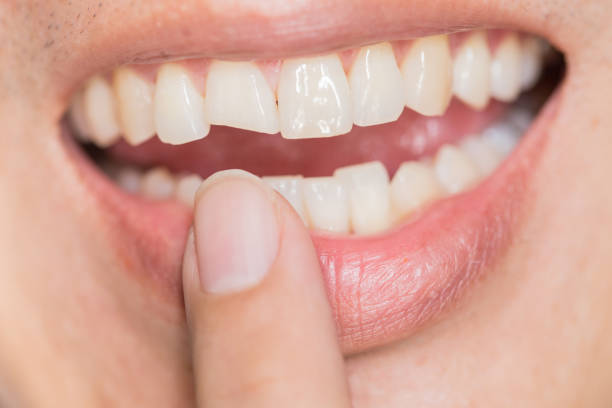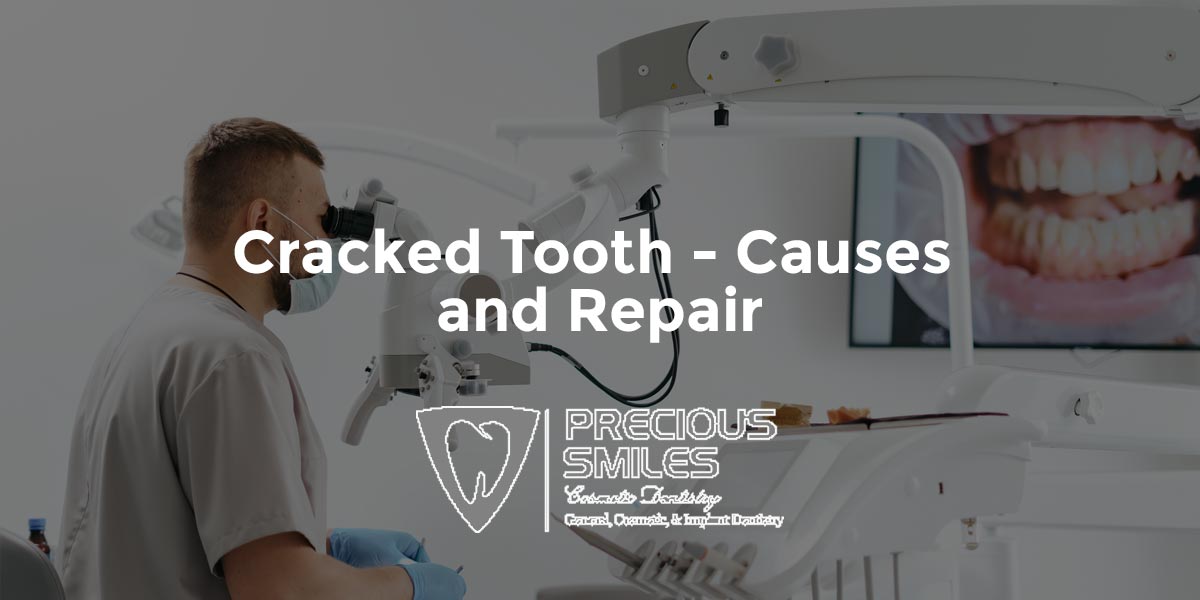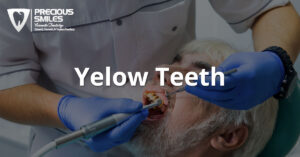A cracked tooth might affect only the tooth enamel, or it might affect the entire tooth down to the root. You might only notice pain from a cracked tooth when chewing, or when the temperature in your mouth changes as you eat something hot or cold. But it is important to see a dental professional as soon as possible after you notice a cracked tooth, so it can be evaluated and treated if necessary.
Why do teeth crack?
Many things can cause teeth to crack, such as:
- Extreme tooth grinding, which can put the teeth under enormous pressure.
- Large fillings that weaken the tooth.
- Chewing or biting on something hard: for example ice, boiled sweets, fruit stones or meat bones.
- A blow to the chin or lower jaw.
- Gum disease, if there has been bone loss. This could make the teeth more likely to suffer from root fractures.
- Sudden changes in mouth temperature.
Will I need to have treatment?
Yes. It is important to get advice as soon as possible to help the treatment be more effective. If they are not treated, cracked teeth can lead to the death of the nerve, and an abscess might grow. The tooth could need root canal treatment or even taking out. In severe cases the tooth can actually split in two. If this happens your dentist will not be able to save the tooth and it will need to be taken out. Unlike broken bones, the crack in a tooth will never heal completely. After treatment, a crack may get worse and you could still lose the tooth. It is still important that you get treatment, because most cracked teeth can work normally for years after treatment. Your dental team will be able to tell you more about your particular problem and recommend a treatment.

What are the symptoms of cracked tooth syndrome?
Cracked teeth don’t always cause symptoms. When they do, the main symptoms include:
- Pain that comes and goes, particularly when chewing.
- Sensitivity to temperature changes or eating sweet foods.
- Swelling around the tooth.
- Toothache when biting or chewing.
What are the types of tooth fracture?
Your dentist will classify your fracture as one of the following five categories:
- Cracked tooth: A vertical crack runs from the biting surface of your tooth up to your gum line. Sometimes the crack extends into your gum line and root.
- Craze lines (hairline cracks): Small, thin cracks appear on the outer enamel of your tooth. Craze lines don’t cause any pain.
- Fractured cusp: A crack forms around a dental filling. Fractured cusps usually aren’t very painful.
- Split tooth: A crack extends from your tooth’s surface to below your gum line. This fracture splits your tooth into two parts.
- Vertical root fracture: Cracks start below your gum line and travel toward the tooth’s biting surface. Vertical root fractures may not cause symptoms unless your tooth becomes infected.
Your dental professional can use special tools to test your teeth for possible cracks. Treatment usually involves a tooth crown for mild cases, but if the tooth crack impacts the tooth pulp, a root canal may be necessary. If the tooth crack penetrates down to the jaw, the tooth will need to be removed.
Visit our website.
Symptoms of dental problems you can check HERE.




